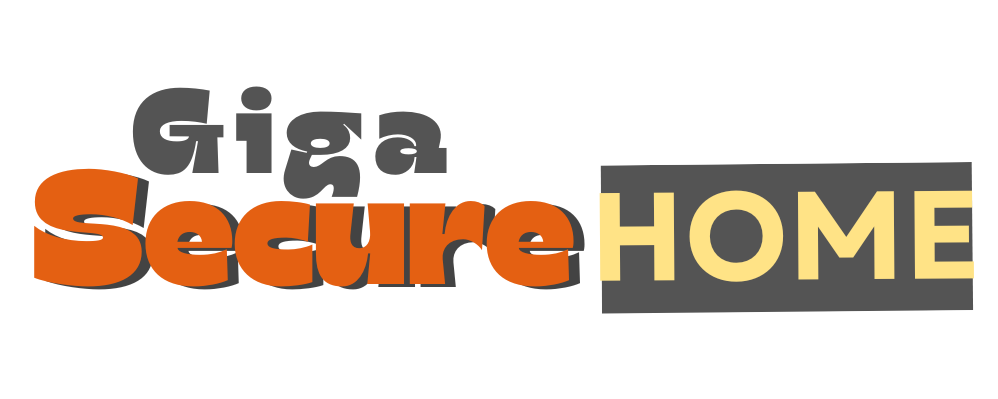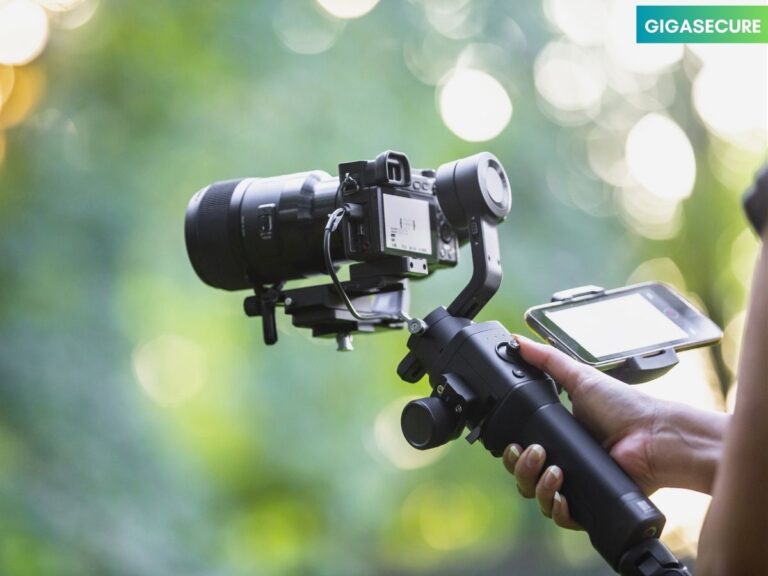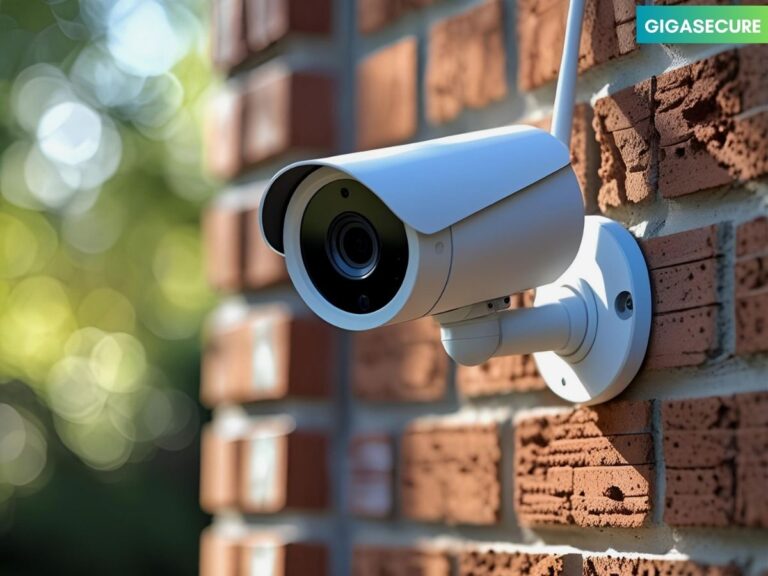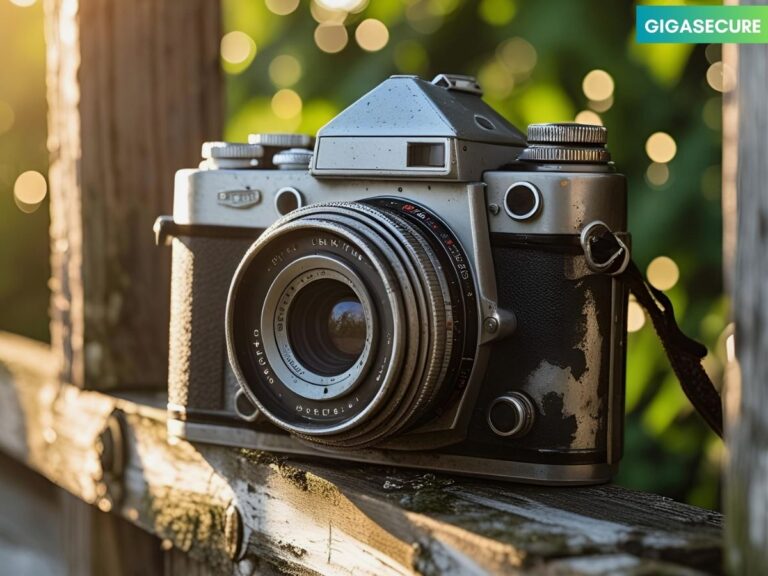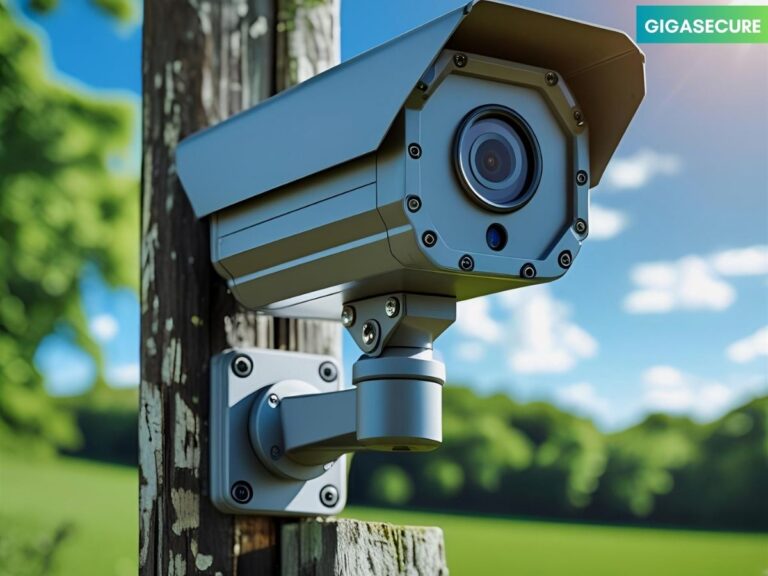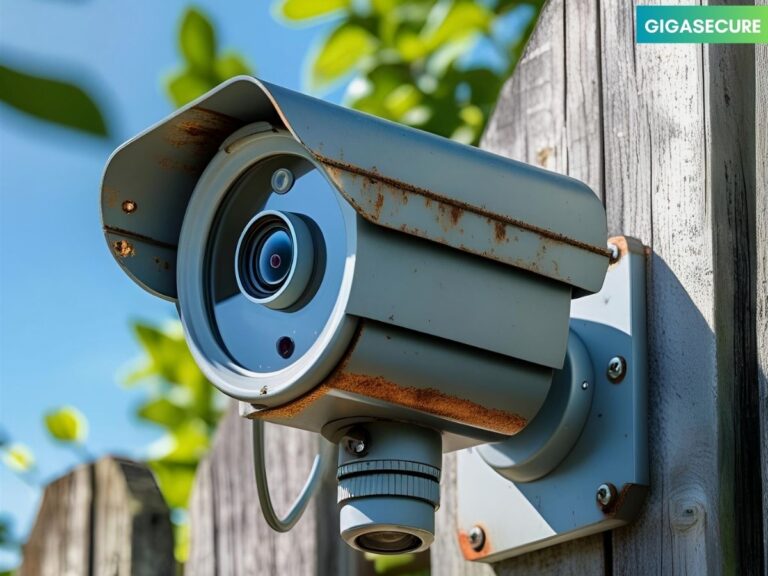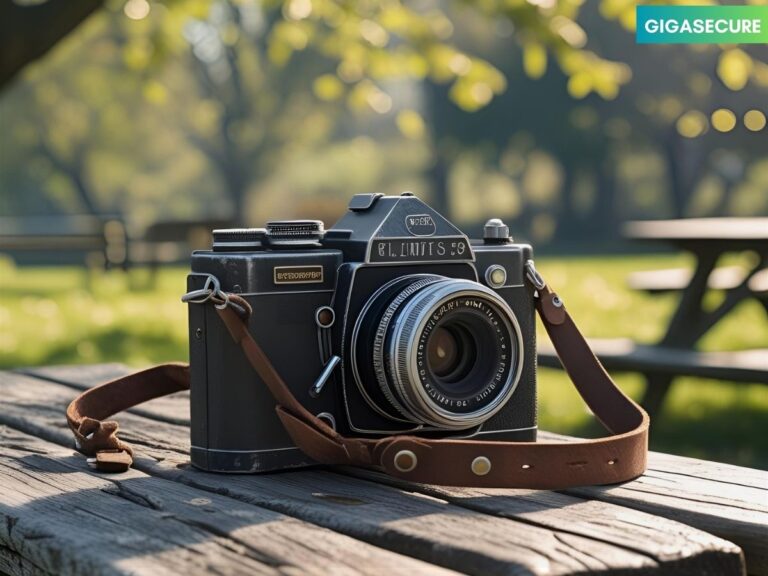How to Use Geofencing with Outdoor Cameras for Smarter Monitoring?
I remember the day I learned about smart home security. I wanted to keep my family and property safe.
That’s when I found geofencing technology for outdoor surveillance. It lets me set virtual boundaries around my home and get alerts when someone enters or leaves.
This tech has changed home security for the better. By using geofencing with outdoor cameras, I can watch my property live. This cuts down on false alarms and makes my home safer.
Key Takeaways
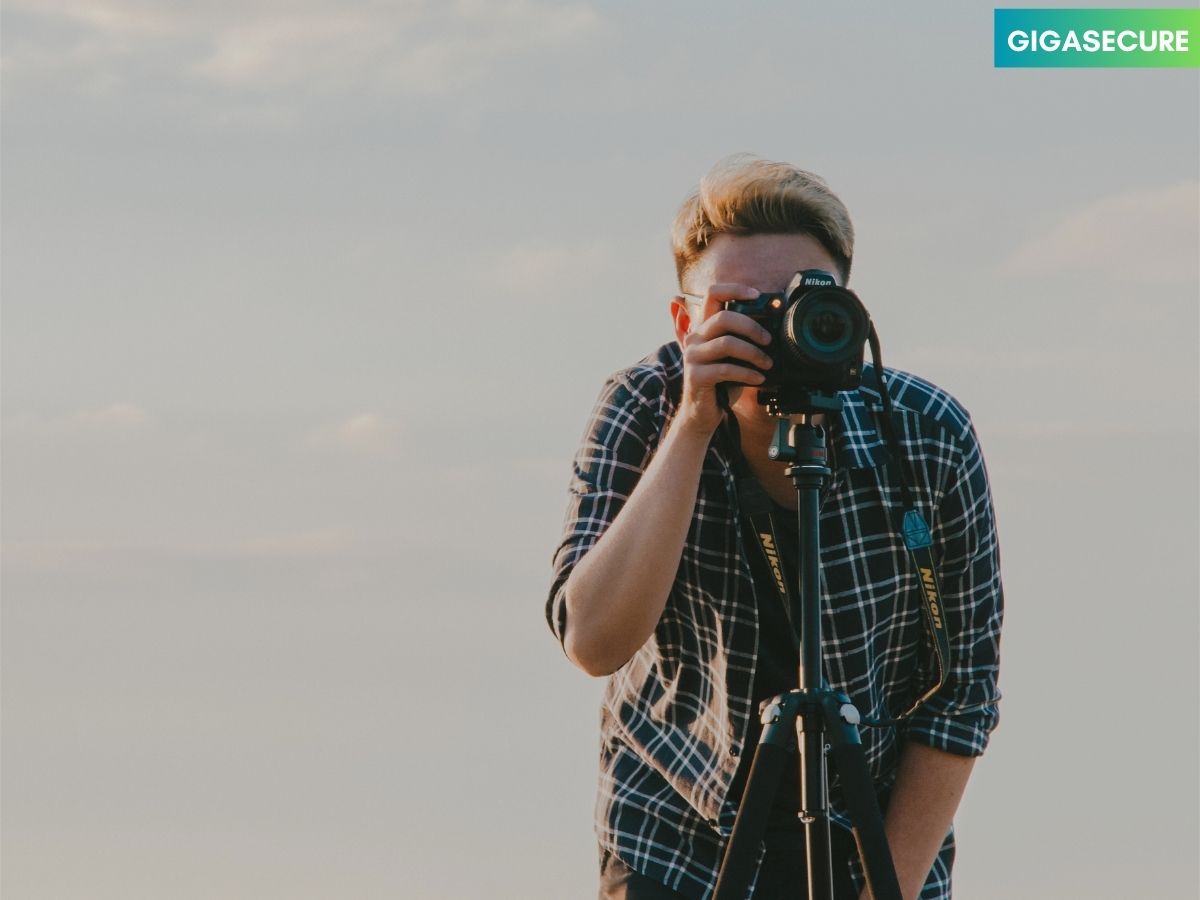
Understanding Geofencing Technology for Outdoor Surveillance
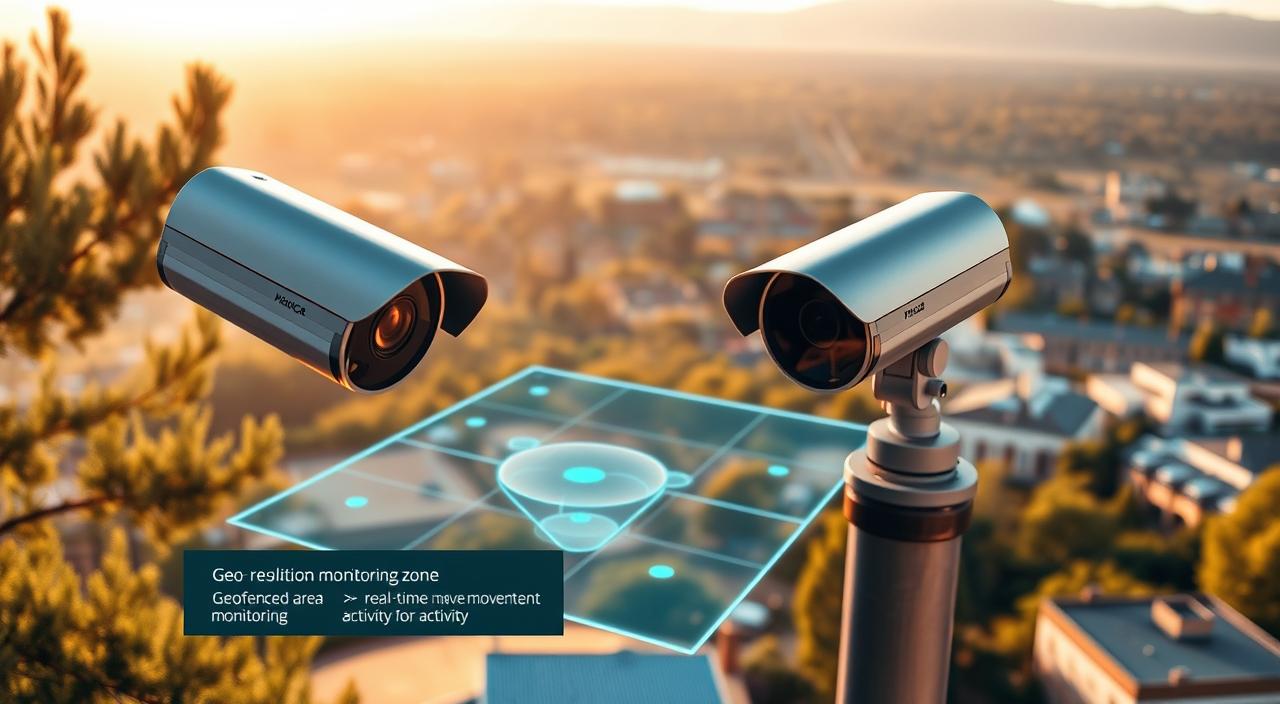
Exploring outdoor surveillance, I’m excited to learn about geofencing. It’s a key part of smart monitoring. Geofencing lets homeowners set virtual boundaries around their property.
What Is Geofencing and How Does It Work?
Geofencing uses GPS, Wi-Fi, or cellular data to set a virtual boundary. When someone enters or leaves this area, it sends a notification. This is great for outdoor surveillance, alerting homeowners when someone approaches.
To set up a geofence, you use a smartphone app or web interface. Once it’s set, the system alerts you when someone enters or leaves. It uses GPS, Wi-Fi, and cellular signals for detection.

The Evolution of Smart Home Security Systems
Smart home security systems have changed a lot, thanks to geofencing. Early systems were simple, with alarms and CCTV cameras. Now, they include geofencing, facial recognition, and AI.
| Feature | Traditional Security Systems | Modern Smart Home Security Systems |
|---|---|---|
| Geofencing | No | Yes |
| AI-powered Alerts | No | Yes |
| Smart Notifications | Limited | Advanced |
Adding geofencing to outdoor cameras has made smart home security better. It automates responses based on location. This cuts down on false alerts and makes security systems more efficient.
Benefits of Integrating Geofencing with Outdoor Cameras
Using geofencing with outdoor cameras is a big step up for home security. It makes security systems more powerful and easier to use.

Enhanced Security Through Automated Responses
Geofencing with outdoor cameras boosts security by automating responses. Cameras can start or stop actions based on the homeowner’s location.
This keeps the security system in perfect sync with the homeowner’s needs, giving enhanced security with geofencing.
Reduced False Alerts and Notification Fatigue
Geofencing cuts down on false alerts and keeps notifications to a minimum. For example, alerts are only sent when someone is outside the geofenced area.
This geofencing for improved monitoring efficiency means fewer annoying notifications. It makes the security system more effective and less tiring.
Energy and Resource Efficiency
Geofencing with outdoor cameras also saves energy and resources. Cameras use less power when the homeowner is nearby. This optimizing camera geofencing saves energy and makes cameras last longer.
Essential Hardware and Software Requirements
To use geofencing with outdoor cameras, knowing the right hardware and software is key. Geofencing boosts outdoor surveillance by automating responses and cutting down on false alerts.
Compatible Outdoor Camera Systems
Choosing the right outdoor camera system for geofencing is important. Look for brands like Ring, Arlo, and Nest that support it.
Popular Brands and Models
Top brands for outdoor cameras with geofencing include Ring, Arlo, and Nest. Ring’s Spotlight Cam and Arlo’s Pro 3 are favorites for their quality and features.
Technical Specifications to Consider
When picking an outdoor camera, think about its specs. Look for a resolution of at least 1080p for clear video.

Smartphone and App Requirements
You’ll need a compatible smartphone and app for geofencing. Make sure your camera’s app works with your phone’s OS, whether it’s iOS or Android.
Network Infrastructure Considerations
A strong and secure network is essential for geofencing. You might need to upgrade your router or mesh network for reliable and fast connectivity.
Knowing what hardware and software you need helps you set up geofencing with your outdoor cameras. This boosts your home’s security and monitoring.
How to Use Geofencing with Outdoor Cameras for Smarter Monitoring
To get the most out of your outdoor cameras, setting up geofencing is easy. It boosts your home’s security by letting you monitor and respond automatically based on where you are.
Setting Up Your Geofence Boundaries
The first thing to do is set up your geofence. This means deciding on the size and shape of the virtual area around your home.
Determining Optimal Fence Size
Think about your property's layout and how people move around. A bigger geofence might be needed for larger homes or longer driveways.
Multiple Zones vs. Single Zone Approach
You can have one big geofence zone or several smaller ones. For example, you could have zones for the front yard, backyard, and driveway. This gives you more control over your cameras.
Configuring Camera Actions and Triggers
After setting up your geofence, you need to decide what your cameras do when you enter or leave. You might want them to start recording when you leave or send alerts when someone enters while you’re away.
“Geofencing is great because it automates your home’s security based on where you are,” say security experts.
Testing Your Geofencing Setup
It’s important to test your geofencing and camera setup. Make sure your cameras work right when you enter or leave and that you get the right notifications.

By following these steps and testing your setup, you’ll have a smarter, more automated home security system. It will adapt to your daily life and keep your property safe.
Step-by-Step Setup Guide for Popular Camera Systems
Setting up geofencing on your outdoor cameras is simple with the right guide. Geofencing with outdoor cameras boosts your home’s security. We’ll show you how to set it up for top camera systems.
Setting Up Geofencing with Ring Outdoor Cameras
Ring cameras are a favorite for outdoor security. Setting up geofencing with Ring is easy through the Ring app.
Ring App Configuration Steps
- Open the Ring app and go to the menu.
- Choose “Devices” and pick the camera you want to set up.
- Go to “Device Settings” and then “Geofence.”
- Enable geofencing by following the instructions.
Customizing Ring Geofence Settings
- Change the geofence radius to fit your needs.
- Set up notifications for when you enter or leave the area.
- Make sure location services are on for the Ring app.
Configuring Arlo Cameras with Geofencing
Arlo cameras also support geofencing for automated security.
- Log in to your Arlo account through the app or web portal.
- Go to “Settings” and then “Modes.”
- Select “Geofencing” and follow the setup instructions.
- Customize your geofence settings as desired.
Google Nest and Geofencing Integration
Google Nest cameras integrate with geofencing through the Google Home app.
- Open the Google Home app.
- Go to “Settings” and then “Geofencing.”
- Enable geofencing and adjust settings as needed.

By following these steps, you can set up geofencing on your outdoor cameras. This boosts your home’s security and uses your smart home devices better.
Advanced Geofencing Configurations and Customizations
Advanced geofencing lets me customize my outdoor camera system. I can make it work just how I need it for better security.
Creating Multiple Geofence Zones
One big plus of advanced geofencing is making many zones. I can set up different areas around my home. Each zone can have its own rules and alerts.
For example, I can have a “welcome” zone near the front door. And a “secure” zone around the whole property.
- Create separate zones for different areas of your property
- Assign unique rules and triggers to each zone
- Enhance security by monitoring specific areas more closely
Time-Based Geofencing Rules
Time-based rules let me change my security settings by the hour. I can make my cameras more alert at night or only alert me when I’m away.
Key benefits include:
- Adjusting sensitivity based on the time of day
- Customizing alerts to minimize notification fatigue
- Enhancing security during peak vulnerability hours
Integrating with Other Smart Home Systems
Linking geofencing with smart home systems makes my security better. I can make all my devices work together for a smooth smart home experience.
IFTTT and Geofencing Automation
With IFTTT, I can make my geofencing work with other smart devices. For example, my lights turn on when I get home.
Smart Home Hub Integration
Connecting my geofencing to a smart home hub makes controlling everything easier. I can manage all my devices, like cameras and lights, from one place.

Using these advanced geofencing features, I can make my smart monitoring better. And I get a more secure, automated home.
Real-World Applications and Use Cases
Geofencing with outdoor cameras has greatly improved my home’s security. It lets homeowners set up virtual fences around their property. This triggers actions when someone enters or leaves.

Home Security While Away
When I’m not home, geofencing turns on my outdoor cameras. They record or send alerts when someone enters the area. This adds a layer of security, letting me act fast if needed.
Family Member Monitoring and Safety
Geofencing also keeps an eye on my family’s safety. I can set up fences around places like schools or parks. This way, I get alerts when they arrive or leave, giving me peace of mind.
Package Delivery and Visitor Monitoring
Geofencing is also useful for watching over package deliveries and visitors. I can set up a fence around my front door. This way, I know who’s coming, even when I’m not home.
| Use Case | Geofencing Benefit | Outdoor Camera Integration |
|---|---|---|
| Home Security While Away | Triggered recordings and notifications | Enhanced surveillance |
| Family Member Monitoring | Location-based notifications | Visual confirmation of family members |
| Package Delivery and Visitor Monitoring | Notifications for delivery and visitors | Visual monitoring of visitors and packages |
Using geofencing with outdoor cameras brings me more security and peace of mind. It also helps me understand what’s happening around my home better.
Troubleshooting Common Geofencing Issues
Troubleshooting is key to making your geofencing setup better. Geofencing tech is meant to boost security and efficiency. But, problems can pop up that mess with its performance.
Fixing Delayed Triggers and Responses
Delayed triggers can be really annoying, hurting your security system’s effectiveness. Make sure your camera and geofencing app are up to date. Also, check your network to see if it can handle the data.
Resolving GPS and Location Accuracy Problems
GPS accuracy is vital for geofencing. To fix GPS issues, make sure your phone’s location services are on and working right. Try restarting your phone or look for things blocking GPS signals.

Addressing Battery Drain Concerns
Battery drain is a big problem, mainly for battery-powered cameras. To lessen this, tweak your camera’s settings to save power. Think about using cameras that can harness energy or those plugged into a power source.
| Issue | Solution |
|---|---|
| Delayed Triggers | Update software, check network infrastructure |
| GPS Accuracy | Enable location services, restart device, check for obstructions |
| Battery Drain | Adjust camera settings, consider energy-harvesting cameras |
FAQ Of How to Use Geofencing with Outdoor Cameras for Smarter Monitoring?
What is geofencing and how does it work with outdoor cameras?
Geofencing uses GPS to set up a virtual boundary around a place. It works with outdoor cameras to send alerts and start camera actions when you’re near. This makes your home safer and easier to monitor.
Can I use geofencing with any outdoor camera system?
Many outdoor cameras support geofencing, but not all. Brands like Ring, Arlo, and Google Nest do. Always check your camera’s details to see if it works with geofencing.
How do I set up geofencing with my outdoor camera?
To start geofencing, use your camera’s app to set up a virtual boundary. The steps might change based on your camera. Most apps will help you through it. You’ll need to set the boundary size and test it.
What are the benefits of using geofencing with outdoor cameras?
Geofencing boosts security with automatic responses and cuts down on false alerts. It also saves energy. Using geofencing with your cameras makes monitoring your property easier and more efficient.
Can I create multiple geofence zones for my outdoor cameras?
Yes, many systems let you set up different geofence zones. This means you can set up areas like your backyard or driveway. It’s great for homes with many entrances.
How do I troubleshoot common geofencing issues with my outdoor cameras?
Issues like delayed triggers or GPS problems can be fixed by checking your camera’s settings. Make sure your network is stable and adjust your geofence. If you’re stuck, look at your camera’s manual or contact support.
Is geofencing compatible with other smart home systems?
Geofencing works with many smart home systems, like IFTTT and smart hubs. This lets you control more devices and create complex scenarios. It makes your home even more secure and efficient.
Can I use geofencing to monitor family members or package deliveries?
Yes, geofencing can track family members and alert you when they enter or leave. It also helps with monitoring package deliveries. You’ll get alerts when someone is coming to your door.
Conclusion
Geofencing with outdoor cameras boosts home security and makes monitoring more efficient. It helps homeowners automate responses and cut down on false alerts. It also saves energy.
Smart monitoring solutions from Ring, Arlo, and Google Nest make setting up geofencing easy. These tools help create a secure and efficient home security system.
Geofencing does more than just improve security. It makes monitoring more convenient and automated. Advanced settings and customizations can be tailored to fit individual needs.
Using geofencing solutions leads to a better and more effective security setup. It brings peace of mind and makes homes safer.
